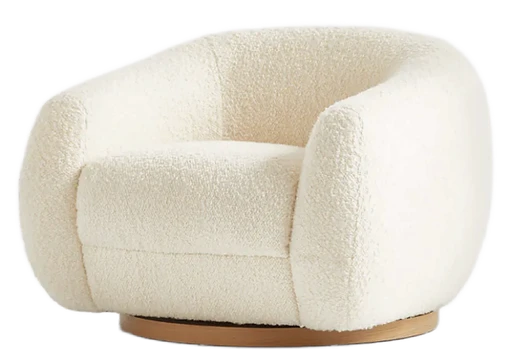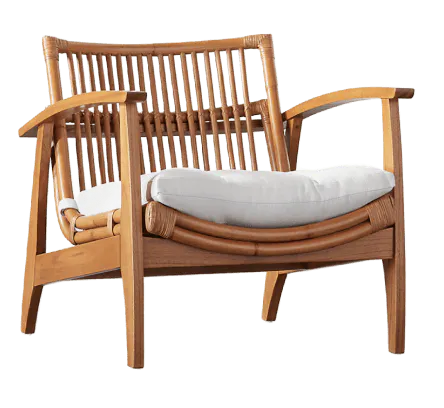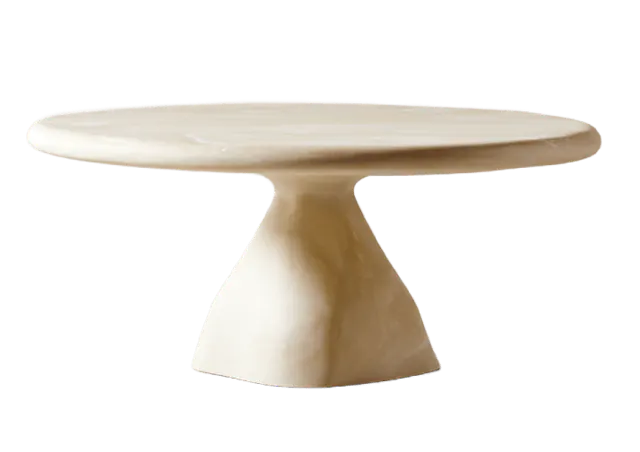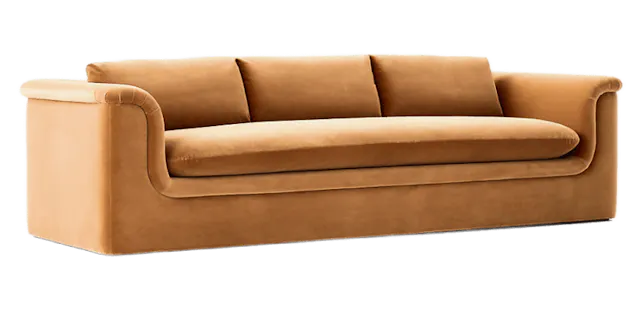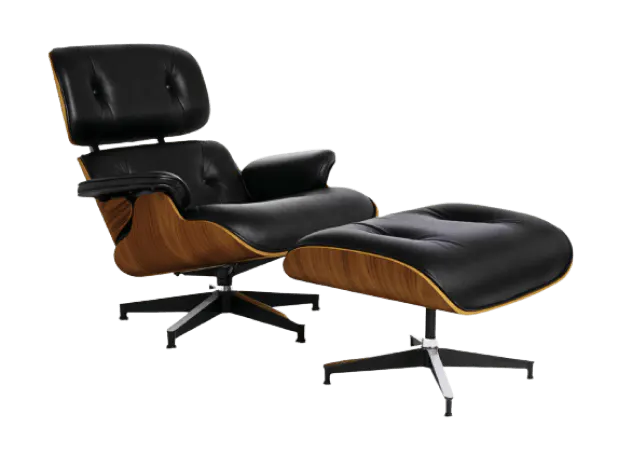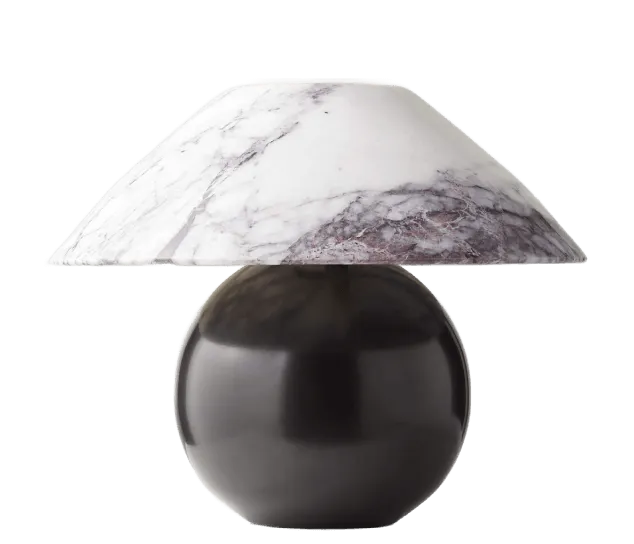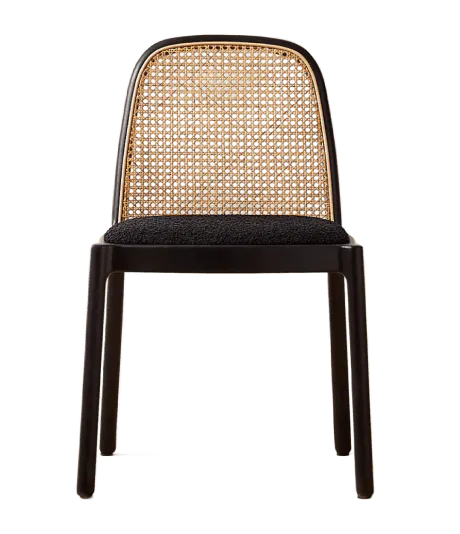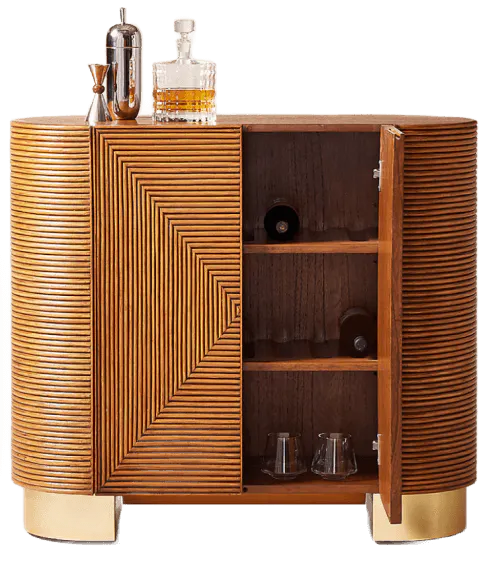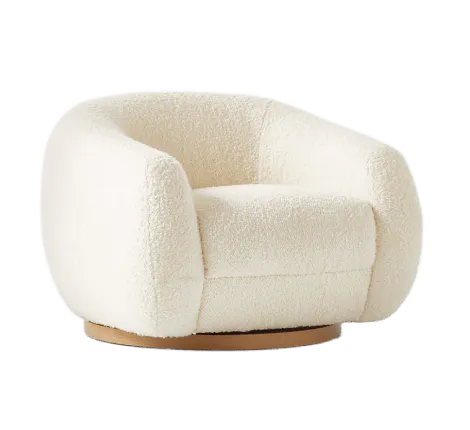Double Bed vs Full: Are They the Same?
The fluorescent lights buzz overhead in the mattress store. Names and labels blur together as customers wander between identical beds. Confusing. A full bed sits next to a double bed, and they're literally the same thing. Both stretch 54 inches wide and 75 inches long, but numbers can't capture the whole story.
Definition and Terminology
Remember when everyone called it a double bed? Back in the black and white TV days, that name meant something. Like an old family recipe passed down through generations, some things just stick around. These days, "full" shows up everywhere in American stores. But double? That word refuses to die, especially in older homes and those annoyingly outdated hotel booking sites.
The mattress industry really needs to pick a lane. Every store from coast to coast throws both terms around like confetti. Salespeople don't help, switching between names mid-sentence sometimes. And manufacturers? They print both names right there on the tag. Playing it safe, maybe.
Common Confusion Explained
Here's the thing about math. Numbers don't lie. When people hear "double," their brain goes straight to twice the size. Makes perfect sense. Except it doesn't work that way at all. A twin bed gives you 39 inches across, but this supposed double only stretches to 54 inches total. That's just 15 extra inches of space. Barely room to breathe.
Couples sharing these beds get squished into 27 inches each. Ridiculous. Baby cribs actually give kids more space at 28 inches. Adults get less room than babies. Something ain't right about that. No wonder people wake up feeling like they spent the night in a sardine can.
Most stores put their measurement charts right up front now. One glance tells the whole story. The double name just stuck around, kinda like people saying they'll "roll up" a car window even though everything's automatic now. Old habits die hard.
Mattress Size Comparison Guide
Numbers tell stories. In the world of mattresses, every inch matters, and the difference between a good night's sleep and tossing all night comes down to simple math. Let's break it down.
Standard Dimensions Chart
The mattress game has five main players. Each one brings something different to the bedroom.
A twin gives you 39 inches across and 75 inches long. That works out to 2,925 square inches of sleep space. Cozy. Moving up to full or double bumps you to 54 by 75 inches, offering 4,050 square inches total. The queen stretches out to 60 by 80 inches, with 4,800 square inches to spread out on.
But kings? Now we're talking serious space. A standard king spreads 76 inches wide by 80 inches long. That's 6,080 square inches of pure luxury. And California kings actually trade some width for length, measuring 72 by 84 inches for 6,048 square inches total.
Width and Length Differences
Space matters. A lot. When you jump from a twin to a full, you get an extra 15 inches of width. Pretty sweet. But going from full to queen? That's where things get interesting. You gain 6 more inches across, plus an extra 5 inches in length. Perfect for tall folks who don't like their feet hanging off the edge.
The king-size takes things to a whole new level. Compared to a full, you're looking at an extra 22 inches of width. That's almost two feet more space to spread out. Same length as a queen, though. Unless you go California style.
And here's something nobody talks about. The bigger the bed, the more the sheets cost. The more space it takes up in your room. The harder it is to move. But at 3 AM, when you can actually stretch out without elbowing your partner? Worth every penny.
Some folks say size doesn't matter. They're probably sleeping on a king.
Best Fit by Sleeper Type
Choosing a mattress isn't just about measurements. It's about how you sleep, who you sleep with, and what makes your nights peaceful. Sometimes the perfect size isn't what you'd expect.
Single Sleepers
For solo sleepers, full beds hit a sweet spot. They give you room to stretch without turning your bedroom into a mattress warehouse. Perfect for adults who've finally admitted thatthe twin bed from college isn't cutting it anymore. But maybe a queen feels like overkill.
Ideal candidates for a full bed sleep alone and like their space. But not too much space. These folks usually:
Stand under 6 feet tall. Much taller, and those feet will dangle.
Sleep pretty still. No midnight martial arts.
Love sleeping diagonally sometimes. Because they can.
Appreciate having room for a laptop or book in bed.
Couples
Let's get real about couples on full beds. The math doesn't lie. Each person gets about 27 inches of space. That's less than a baby gets in a crib. Think about that.
Sure, couples can make it work. Newlyweds do it all the time. College students, too. But after a while, someone's gonna want more space. Maybe after the third accidental elbow to the face. Or the hundredth time fighting over blankets in a too-small space.
Some people say sleeping close builds intimacy. Those people probably haven't tried sleeping through summer without air conditioning.
Taller Sleepers
Being tall has its perks. But sleeping on a full bed isn't one of them. At 75 inches long, these beds barely fit someone who's 6 foot 3. And nobody sleeps perfectly straight anyway.
Tall folks need options. A queen gives you those extra 5 inches of length. Life changing. California kings add a whole 9 inches to stretch out. Worth every penny when your feet aren't hanging off anymore.
But here's something wild. Olympic queens exist. They're rare as unicorns but combine queen-length with extra width. Best of both worlds—if you can find one.
Room Size and Space Efficiency

Image: Upholstered Bed Frame with 3 Drawers
Space matters more than most people think. A bed isn't just for sleeping. It's about creating a room you can actually live in without feeling like you're navigating an obstacle course every morning.
Minimum Room Dimensions
Let's talk real numbers. Your bedroom needs at least 9 feet by 10 feet to fit a full bed properly. Anything less and you're living in a game of human Tetris.
That minimum size gives you breathing room. You'll want about three feet of walking space on the sides. Makes sense, right? Nobody wants to shimmy sideways just to make their bed. Plus, you need room for those midnight bathroom trips without stubbing your toe.
And don't forget about furniture. A proper setup needs:
Space for a nightstand or two
Room to open drawers without doing yoga
A clear path to actually get in and out of bed
Maybe even space for a small chair, if you're feeling fancy
Small Room Strategies
Small rooms don't mean you have to suffer. Smart planning changes everything. Creative solutions exist for small bedrooms.
Consider raising that bed up high. Put a desk underneath. Suddenly, your bedroom becomes an office too. Magic. Or look into beds with built-in storage drawers. Those empty spaces under your mattress? Perfect for extra blankets or seasonal clothes.
Wall-mounted everything becomes your friend. Floating shelves work great as nightstands. They take up zero floor space. Plus, they look pretty cool.
But here's the real secret. You don't need all the furniture they show in the catalogs. A bed, something to put your phone on at night, and a place for clothes. That's really it. Everything else is just extra.
And maybe the best strategy? Keep it simple. Clean lines. Light colors. Less stuff. Sometimes the smartest solution isn't about fitting more things in. It's about needing less to begin with.
Remember though. No matter how well you arrange things, physics still wins. You can't make a room bigger. But you can make it work better.
Double/Full vs Other Bed Sizes
Picking the right bed size feels like choosing between pizza sizes. Sure, they all work, but some just fit better. Let's break down how full beds stack up against the competition.
Full vs Twin
The jump from twin to full brings 15 extra inches of width. That's huge. Life changing even. Especially for active sleepers who treat bedtime like an Olympic sport.
A full bed works perfectly for:
Growing teenagers who need space to sprawl
Weekend guests who deserve better than feeling cramped
Single adults who like to stretch out with a good book
Anyone who tosses and turns all night long
Twin beds work great for kids' rooms or really tight spaces. But full? That's when you start feeling like a real adult. No more hanging feet or cramped shoulders. Just pure comfort.
Full vs Queen
Queens rule the bedroom world these days. Most couples pick them because math makes sense. Two people get 30 inches each instead of 27 on a full. When looking at a double vs queen bed, those three inches matter at 3 AM.
But full beds still shine bright:
They cost less. Way less sometimes.
Moving them doesn't require a whole crew
Small rooms actually fit them
Single folks save on utilities with less space to heat
And honestly? If you sleep alone or really love cuddling, full beds do just fine. More than fine, actually.
Full vs King Sizes
Kings are the mansion of mattresses. Take a full bed, add a twin beside it. Boom. That's your king-size. Massive.
Perfect for:
Parents whose kids sneak in at night
Pet owners with dogs who think they're people
Couples where one person breaksdances in their sleep
Anyone who likes to make snow angels while sleeping
But kings come with catches. They cost more than some cars. They weigh tons. Moving them upstairs? Better have good friends. Or a crane.
Full beds keep things simple. They're like the studio apartment of beds. Everything you need, nothing you don't. Sometimes, less really is more.
Remember, though. No matter what size you pick, someone's feet will still stick out under the blanket. That's just how life works.
Mattress Fit for Sleep Styles
Everyone sleeps differently. Some folks lie still as statues. Others recreate their favorite action movies all night long. Your sleep style matters more than those fancy mattress quizzes let on.
Stomach and Side Sleepers
Single stomach sleepers love full beds. They get plenty of space to spread out flat like a pancake. Side sleepers who stay put? Also golden. The width works fine when you're not moving around much.
But couples with different styles? Now, that's where things get interesting. Picture this. One person curled up on their side. The other spread eagle on their stomach. Someone's getting squished. Usually, both of them.
And let's be honest. Nobody stays in the same position all night. Even the stillest sleepers shift a little. On a full bed, that little shift becomes a whole production. Suddenly, you're playing Sleep Tetris with elbows and knees.
Combo Sleepers and Active Sleepers
Full beds show their limits real quick with active sleepers. You know who you are. The midnight acrobats. The sleep dancers. The folks who wake up completely turned around.
Some signs you might need more space:
You wake up tangled in sheets every morning
Your partner built a pillow wall between you
The dog got tired of being kicked and left
You've mastered the art of rolling over without moving
Sleep shouldn't feel like a game of Twister. But on a full bed with active sleepers? That's exactly what happens. Every toss becomes a negotiation. Every turn requires strategy.
And don't even think about adding a pet to the mix. Cats might fit. Small dogs, maybe. But anything bigger than a breadbox? You're gonna feel it. Literally.
Some folks say they sleep better close together. But those people probably don't share a bed with someone who thinks they're competing in dream Olympics every night. Sometimes love means giving each other space. Like queen-sized space.
Alternative Sizes for Specific Needs

Image: Antioch Bed Frame with 2 Underbed Drawers & 2 Bedside Drawers
Most folks think bed sizes come in just a few standard flavors. Wrong. There's a whole world of weird and wonderful options out there. Some sound made up. They aren't.
Olympic Queen & Super Single
Olympic Queen beds exist. Really. They measure 66 inches wide and 80 inches long. Think of them as the Goldilocks solution between queen and king. Not too big, not too small. Just right for some folks.
But finding sheets? Good luck. Most stores don't carry them. Online shopping becomes your best friend. And when you do find sheets, they cost more than your monthly coffee budget. Sometimes way more.
Super Single beds sneak in between twin and full sizes at 48 inches wide. They make perfect sense for narrow rooms or tall single sleepers who don't sprawl. But again, good luck with bedding. It's like hunting for treasure without a map.
Split King and Oversized Options
Split kings solve problems you didn't know needed solving. Take two extra-long twin mattresses. Push them together. Boom. Each person gets their own space but stays close enough to hold hands.
The genius part? Each side can be different. One person likes firm, the other soft? No problem. Someone need to elevate their feet? Easy. It's like having separate beds while technically sharing one.
But wait till you hear about Alaskan Kings. These monsters measure 108 inches square. That's nine feet each way. Absolutely ridiculous. Completely unnecessary. Totally awesome.
Perfect for:
Families who co sleep
People with multiple large dogs
Anyone who wants to sleep sideways just because they can
Folks who never learned to share
Just remember. The bigger the bed, the more complicated everything gets. Moving becomes an adventure. Washing sheets turns into an Olympic sport. And forget about standard door frames. Some things weren't meant to fit through them.
But sometimes the perfect size isn't what everyone else has. Sometimes it's that weird inbetween size that makes your space work just right.
Practical Usage by Room Type
Every room tells a story. Some need a bed that whispers. Others need one that makes a statement. Let's figure out where full beds really shine.
Guest Bedrooms
Nobody wants their guests to feel unwelcome. But nobody wants to spend a fortune on a room that sits empty most of the year either. Full beds thread that needle perfectly.
Think about what makes a great guest room:
Comfort without excess
Space for couples to share temporarily
Room for a suitcase or two
That sweet spot between generous and practical
A full bed says "stay awhile" without screaming "move in forever." Plus the bedding costs less than queen size. Your wallet will thank you.
College Dorms & Teen Rooms
Teenagers sleep like they're auditioning for a modern dance show. All angles and sprawl. Full beds get it. They provide just enough space for that 2AM study session, surrounded by textbooks and snacks.
College students especially need that flexibility. Today, it's a bed. Tomorrow, it's a couch for friends. Next week, it's an emergency desk during finals. A full bed handles whatever college life throws at it.
But measure that dorm room first. Some barely fit a mini fridge, let alone a full bed. Reality bites sometimes.
Studio Apartments
Studio life requires creativity. Every piece of furniture needs to earn its keep. Full beds become urban survival tools in these spaces.
They work because:
You can actually sleep comfortably
The room doesn't disappear under the bed
Throw enough pillows on it, suddenly it's seating
Perfect for Sunday afternoon naps or Netflix binges
And let's be honest. Sometimes, you want to eat takeout in bed while watching videos on your laptop. Full beds give you that freedom. No judgment here.
Remember though. No matter how well you arrange things, physics still wins. You can't make a room bigger. But you can make it work smarter.
Final Thoughts
So here's the real deal. Double beds and full beds are exactly the same thing—just different names for the same 54 by 75 inches of sleep space.
But knowing the size doesn't tell you everything. A full bed feels massive in a tiny apartment. That same bed looks lost in a master bedroom. Some people sleep like logs. Others like windmills. Some share with pets or partners or both.
Perfect doesn't exist in bed sizes. But right does. Right for your space. Right for your sleep style. Right for right now. And sometimes that's all you really need.
Looking for affordable alternatives to that perfect bed you found? Check out Dupe to find similar styles that won't empty your wallet.
FAQ
What makes double beds and full-size beds interchangeable, and why does the name matter?
In the U.S., “double bed” and “full-size bed” mean the same thing—a mattress that’s 54 inches wide and 75 inches long. The term “double” is just the older name. It’s 15 inches wider than a twin, but 6 inches narrower than a queen. Knowing this helps avoid mix-ups when shopping, especially with bed frames or toppers.
Why is a full-size bed a practical choice for small bedrooms and not a queen-size bed?
Full-size beds are ideal for tight spaces. They give solo sleepers or combo sleepers enough room without overwhelming the room like a queen might. They’re especially useful in dorms, bunk setups, or narrow bedrooms—offering more space than a twin without the bulk of larger beds.
How does a full-size mattress affect sleep quality for taller sleepers or stomach sleepers?
At 75 inches long, a full-size mattress works well for people up to 6 feet tall. Taller folks may find their feet hanging off, especially if they sleep on their stomach. If height or sleep position matters, a queen or California king might be a better fit.
Can a full bed be a smart option for guest rooms even if couples visit occasionally?
Definitely. Full-size beds are a great fit for guest rooms—comfortable for solo visitors and fine for couples on short stays. They’re easier to fit in smaller rooms and pair well with storage-friendly bed frames. Add a comfy topper, and you’ve got a thoughtful, space-saving setup.
Why do full-size beds continue to be a popular choice despite larger mattress options?
Full beds offer comfort without crowding the room, making them perfect for single adults, studio apartments, or anyone who wants space for more than just sleep. They’re affordable, fit standard bedding, and work with adjustable bases—making them a smart, practical pick.







